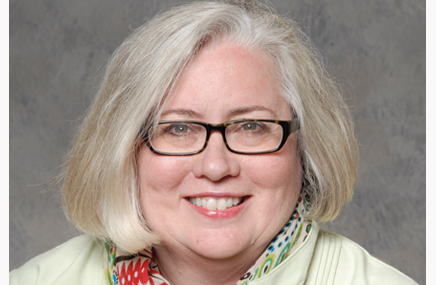Many people believe that people are healthier because of Direct-to-Consumer advertising. We know DTC triggers millions of patient-physician dialogues, many of which lead to a life-saving diagnosis and treatment. There are also treatment categories that don’t involve life-or-death situations, but still make peoples’ lives better. Overactive Bladder (OAB) is one of these.
Two brands are fighting for attention from OAB sufferers: GSK-Astellas’s Vesicare and Pfizer’s Toviaz. Their DTC approaches couldn’t be more different. Vesicare has used its “pipe people” campaign for a few years. The pipe people go to jazz concerts, drive cars and have pipe pets. One Toviaz ad shows a “conversation” (texted on a smartphone) between a frustrated sufferer who has not yet seen a doctor and her bladder, while another has the woman’s concerns regarding OAB imposed over a drawing of her brain. Both companies share the same call-to-action (talk to your doctor), but the Toviaz ads reach out to new sufferers more than the Vesicare ads do.

Though the campaigns are distinct, both dehumanize a human condition by using a pipe-land universe and a smartphone conversation with an internal organ. It seems the insight teams at both companies’ agencies wanted to avoid the reality of OAB. The problem is, these animated and non-human images may de-link the brands emotionally from the problem they want to solve. We hope this is not the case, and that research has proven to them that patients can empathize with inanimate imagery… at least long enough to call their doctor to ask for help.
Deborah Dick-Rath is SVP, healthcare, at Symphony Advanced Media, [email protected]
From the March 01, 2012 Issue of MM+M - Medical Marketing and Media







